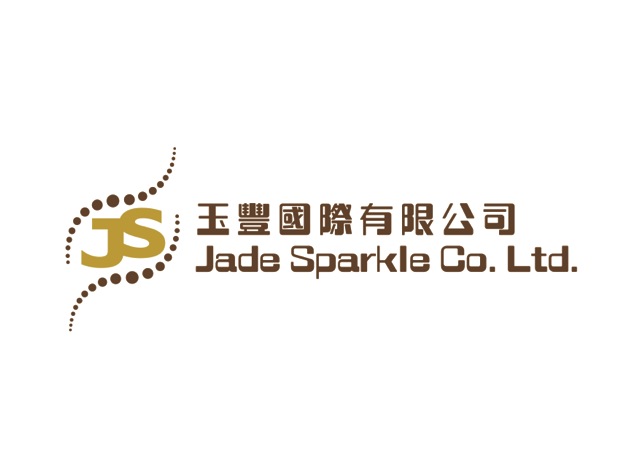A chronic inflammatory superficial fungal infection that primarily affects sites rich in sebaceous follicles, the face, scalp, ears, neck and chest characterized by yellow seborrheic scales, desquamate erythema with/without pruritus. More common in men than in women. Lipophilic yeast pityrosporum/malassezia, as well as activation and alteration function of complement, genetic and environmental factors are implicated.
Unlike Rosacea it involves the paranasal area, nasolabial grooves, the retroauricular region and several areas beyond the face.
Types of Seborrheic Dermatitis and locations:
|
Erythrodermic
|
Generalized |
|
Hypopigmented
|
Face |
|
Cradle cap-scalp
|
Scalp |
|
Dandruff
|
Scalp |
|
Annular or Petaloid
|
Chest |
|
Pityriasiform
|
Trunk and Neck |
|
Pityriasis amiantacea
|
Scalp |
|
Seborrheic Blepharitis
|
Eyes |
Polyphenolic fractions and the chemistry of green tea extract or Epigallocatechin gallate have shown Antioxidant, antimycotic and anti-inflammatory properties effective both in vitro and in vivo against Malassezia Yeast justify it a viable option as a treatment modality.
Therapeutic Agents:
Antifungal drugs,
Topical immunomodulators and other antifungal therapies.
Topical Antifungal agents:
Azoles: Imidazoles like Climbazole, Ketoconazole, Metronidazole and Miconazole
Triazoles: Fluconazole
Allylamines: Terbinafine, Benzylamines like Butenafine and Hydroxypyridones like Ciclopirox.
Others: Tea tree oil, green tea extract, Selenium sulfide, Zinc pyrithione and Salicylic acid.
For Seborrheic Dermatitis Images Online, Please CLICK HERE
Disclaimer: This information is general and should not be construed as a medical advice or endorsement. These products are not intended to diagnose, treat, cure or prevent any disease. These statements have not been evaluated by the U.S. FDA.
